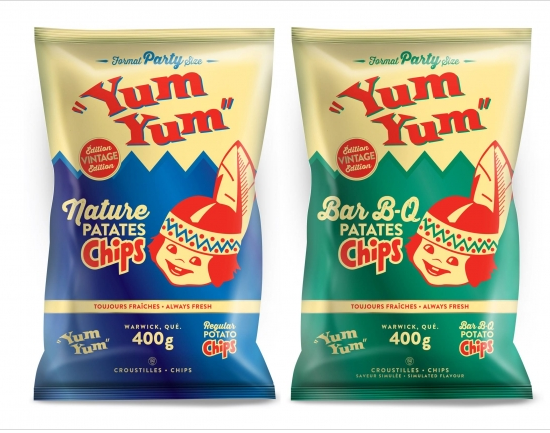This week I wrap up my series on file-sharing with the ABCs of music, games and applications.
“Lossy compression” is an expression used to describe audio formats that don’t preserve the audio quality of the original recording. Luckily for us, most of the time the difference is negligible. The most popular audio format for file-sharing, MP3, is an example of lossy compression. Generally speaking, the MP3 format compresses audio recordings to about one-ninth their original size.
Some lossy formats can be recorded using a Variable Bit Rate (VBR). This means that the bit rate is higher during complex parts of the song and lower during simpler parts. This allows for a constant level of audio quality while making the most of storage space.
“Lossless compression” describes formats that preserve the audio quality of the original recording. These are the file formats of choice for live recordings of concerts. These files usually take up less space than the original, but are still several times larger than lossy compression formats. Another downside is that most of these formats aren’t supported by MP3 players. The most popular lossless audio format for file-sharing is probably Free Lossless Audio Codec (FLAC).
The other thing that’s important to audio quality is bitrate. As a general rule, the higher the bitrate, the higher the audio quality. Bit rate is measured in kilobits per second (kbps). 128 kbps is considered comparable to CD-quality sound. I prefer 192 kbps. Unless you’ve invested in some serious audio hardware, bitrate shouldn’t be too much of an issue.
[Now on to games.] Most of the time when you download a computer game it is actually a disk image of the original CD or DVD. A disk image is a file that contains the complete contents and structure of the original CD or DVD. Most burning software can write these images to a disc so they can be used just like the original. I prefer using software that ‘mounts’ the disk image on a virtual drive. Basically, this allows your computer to treat the disk image like a CD or DVD without actually burning it to a disc.Software companies are always developing stronger copy protection and software crackers are always finding new ways around them. Copy protection is usually circumvented with cracks or key generators.
Cracks copy over or modify the files and parts of your computer’s registry that would prevent the software from functioning. Cracks are normally included on the disk image and are also available on all sorts of public websites. An installation guide for each individual crack is normally found in the included info file (.nfo). These files have to be opened with notepad or some other word processor rather than the default windows application.
Key generators are a response to the implementation of software keys. A software key is an alphanumeric sequence provided by the manufacturer, which a user inputs to authenticate the software as original. This is authentication normally takes place during the installation. A key generator can create these alphanumeric sequences. Think of a software key as a password you need to use a piece of software. A key generator can create these passwords.
Installing downloaded applications is similar to installing downloaded games when the file is a disk image. Other times the file will only include an installation file and a crack or key generator.
Link O’ the Week: Etree
bt.etree.org
The best source for legal, lossless concert recordings.
Webcomic O’ the Week:
Robotbox & Cactus by Matt Czap
robotbox.keentoons.com
This one is pretty self-explanatory.no, seriously.
Free Application O’ the Week: Daemon Tools version 3.47
daemon-tools.cc
Simply the best virtual drive software available. Version 4, with loads of improvements, is due any day.



